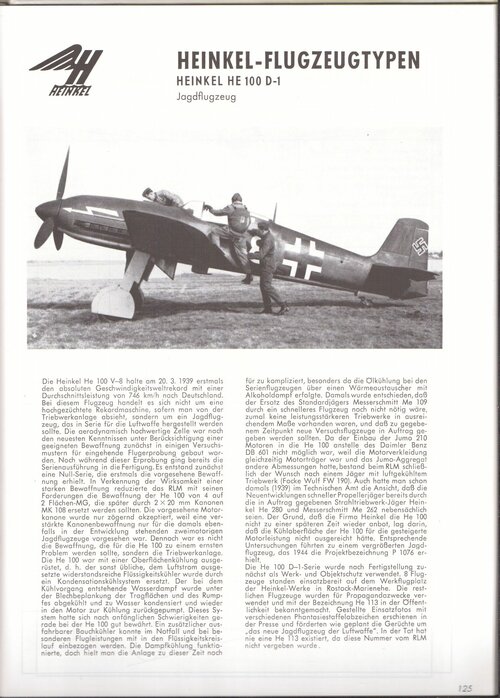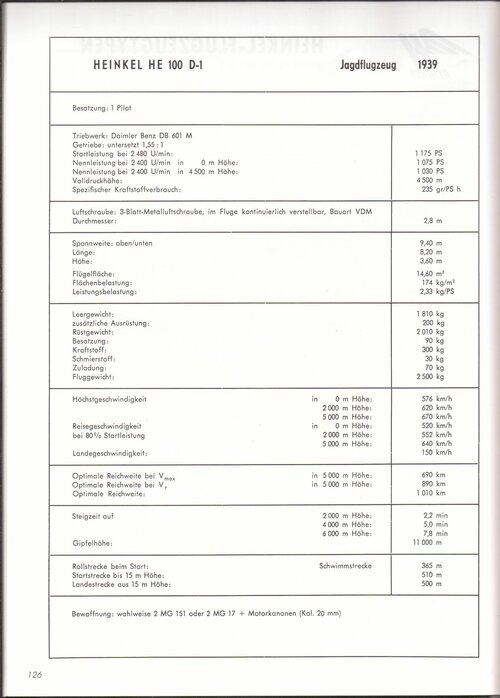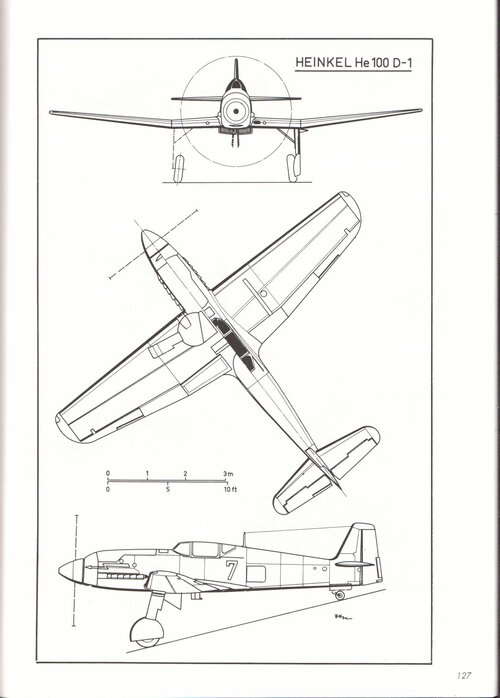I've already mentioned that there's no conceptual reason they couldn't have moved the Ju-88C (which was the Ju-88A fuselage with a hard nose) towards a Ju-88G (same wings with more aerodynamic, day/night fighter oriented fuselage) faster than they did to take over for the Me-110 at night in particular but also as a long range heavy fighter in a Beaufighter kind of role
Yes, the Ju 88 went from reasonably streamlined prototypes into the draggy A/C territory by the time it entered service. Having the proper bombs (250 kg and upwards) being hang in the breeze made the bad situation even worse.
One wonders whether the bomb cells from the He 111 can be adopted for the Ju 88, so it can carry 6-8 250 kg bombs in fuselage instead under the wings.
The Germans went with the Ju-88 project, but later combined the alternative Ju-85 approach with the BMW-801 and Ju-88A parts to make the Ju-188. There's no compelling reason they couldn't have done this sooner, possibly getting a Ju-188 equivalent into production in late '40, with at least somewhat superior performance and improved defensive armament compared to the Ju-88A.
Ju-188 was defined by it's streamlined cockpit, but also by engines that were not available in 1939-49, like BMW 801D and Jumo 213. Thing with the Ju-88 line was that those were big aircraft, eg. wing area for the A-1 was 25% greater than on the Mosquito, or even more when compared with Bf 110. Jumo 211, or even DB 601 on board will still mean that a turn of speed of 500-520 km/h is probably the limit even after the nip and tuck for the service-worthy machines?
Granted, already having a 500 km/h capable Ju-88 in good numbers is a far better situation than having low numbers of the historical A-1 capable for 460 km/h when the bombs are gone. English-language Wikipedia notes that a lot of Ju-88s were lost in July 1940 due to causes other than enemy action, pointing out the low proficiency of the crews with low time on Ju-88.
Better defensive armament probably entails installation of at least a twinned MG 15 per each post, if not the timely introduction of a 12-13mm HMG?
Another suggestion for a fast bomber - a bombed-up Bf 110, built for this in good numbers? Those were combat tested at the closing days of the BoB, and were used as fighter-bombers afterwards already. Nick the engines from Ju-87s so the Bf 109 production is not affected.




